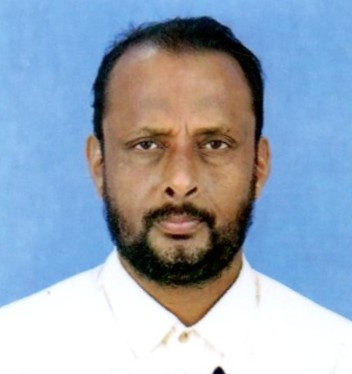Vision
- To develop this rural based engineering college into an institute of technical education with global standards.

Embark on a thrilling voyage of scientific discovery within the Department of Physics at Millia Kishanganj College of Engineering and Technology (MKCET). Our Physics program is designed to unravel the mysteries of the physical universe, guided by a team of dedicated and experienced faculty members. Students delve into a curriculum that combines theoretical knowledge with hands-on experiments, fostering a profound understanding of fundamental principles. The well-equipped laboratories at MKCET provide an immersive learning experience, allowing students to explore and experiment with the laws that govern the universe. Whether unraveling the secrets of quantum mechanics or exploring the wonders of classical physics, our program prepares students for a future where they can contribute to groundbreaking research, technological advancements, and innovative solutions. Join us on a journey where the fascination of physics meets the practical application, empowering you to shape the future through scientific exploration.

Dr. Ali Ahmad Ansari
Associate Professor and Head of Department
( Dept. Of Physics)
Experience - 15 Years
